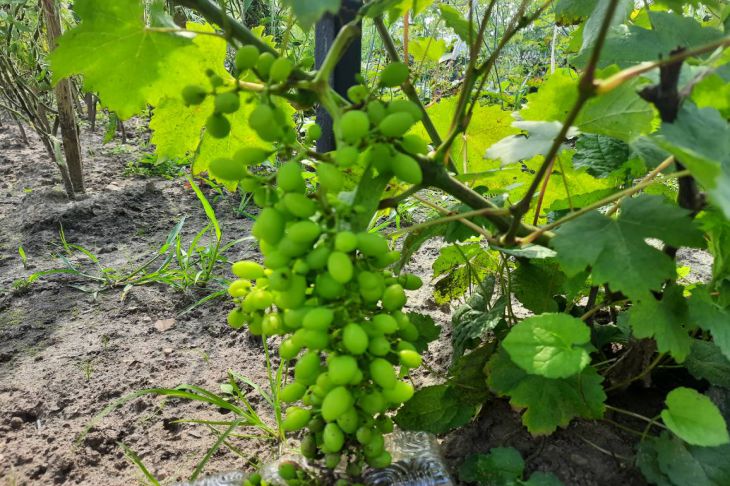The grapes will be happy with such a neighbor: what can and cannot be planted near the vine for a good harvest
Owners of small plots also want to plant more diverse crops that will delight them with a rich harvest.
It is important to properly plan a small area in which plants will coexist without harming each other.
For example, there are crops that will not allow grapes to develop normally. Other plants will wither away next to such a neighbor.
Grapes and flowers
Annuals with a shallow root system will make an excellent companion for the vine. For example, aster, Drummond phlox, gypsophila. Of the biennials, you can plant viola (pansies), mallow (mallow), and forget-me-nots with the grapes.
It is not recommended to plant sedum (hare's cabbage) next to grapes. Primroses and asters also do not get along next to vines.

A separate issue is related to the rose. It is considered to be an excellent neighbor for grapes. The fact is that the rose is the first to take the brunt of powdery mildew.
If a flower gets sick, the winegrower has time to treat the vine for this insidious disease. Thus, the rose "warns" the gardener that he needs to act immediately.
What can be planted near grapes
Legumes are excellent neighbors for vines. They enrich the soil with nitrogen, which is very important for grapes. Spinach, dill, and sorrel will get along well next to it, if the vine does not create too much shade.
Next to the grapes, you can plant beds with onions, radishes, beets, cucumbers, and cauliflower.
What should not be planted near grapes
Calendula is perhaps the main enemy of grapes. In addition, carrots, potatoes, tomatoes, and peppers cannot be planted near the vine.
Grapes do not get along with celery, parsley, horseradish, chives, or leeks.
